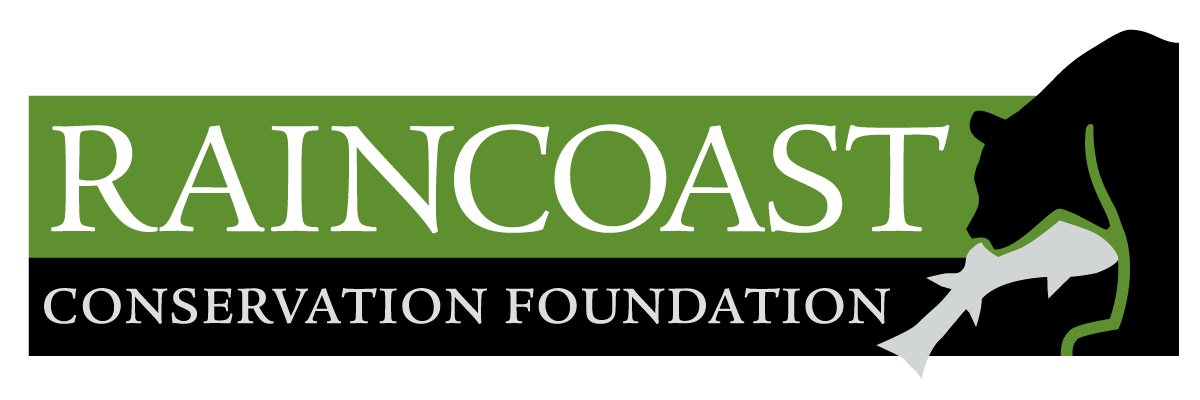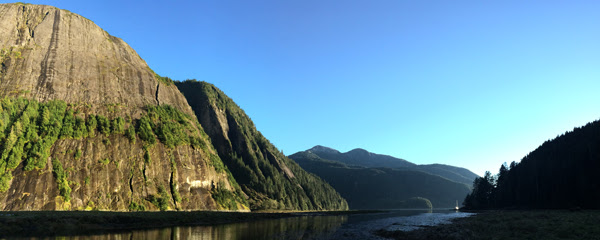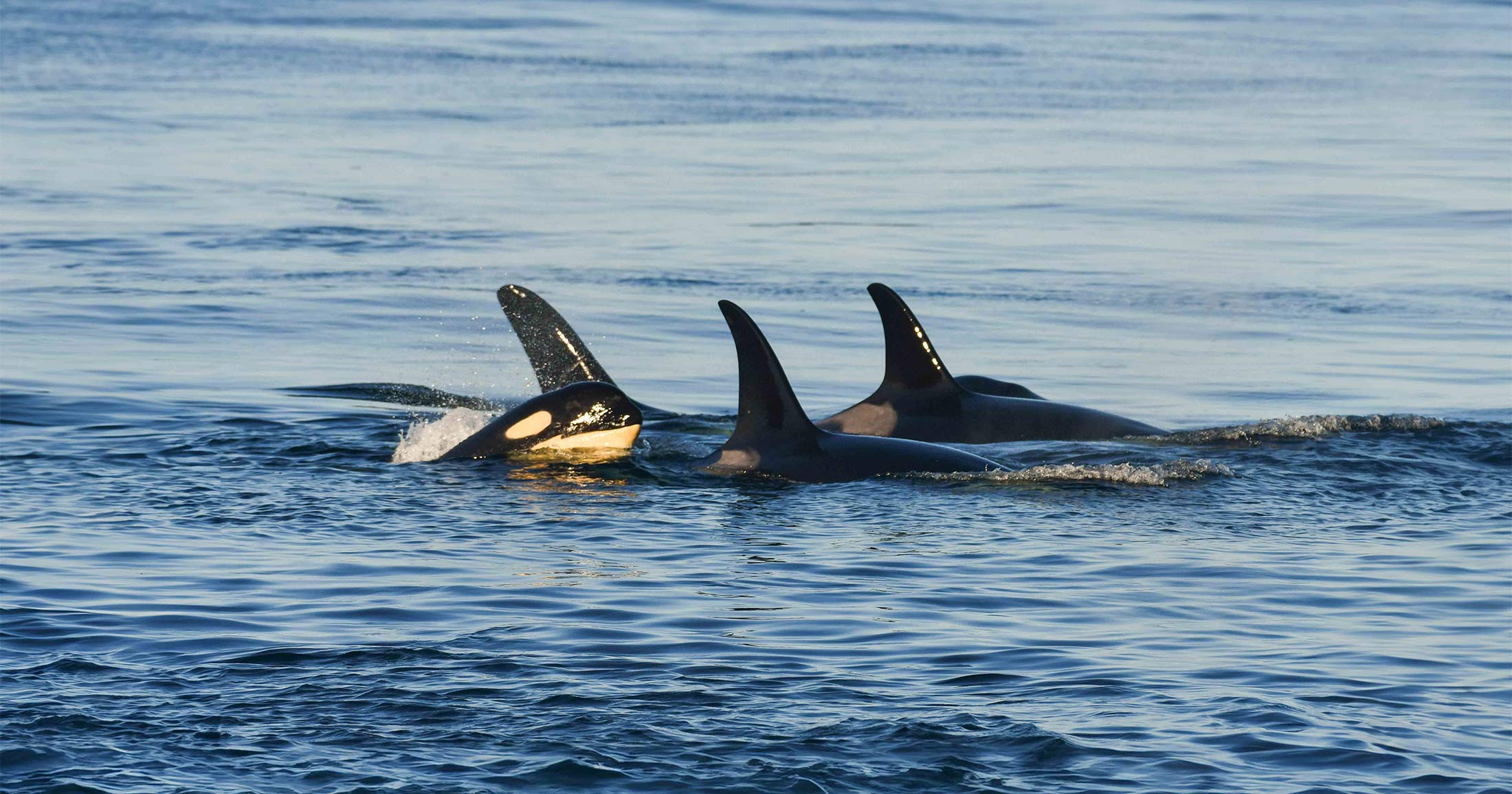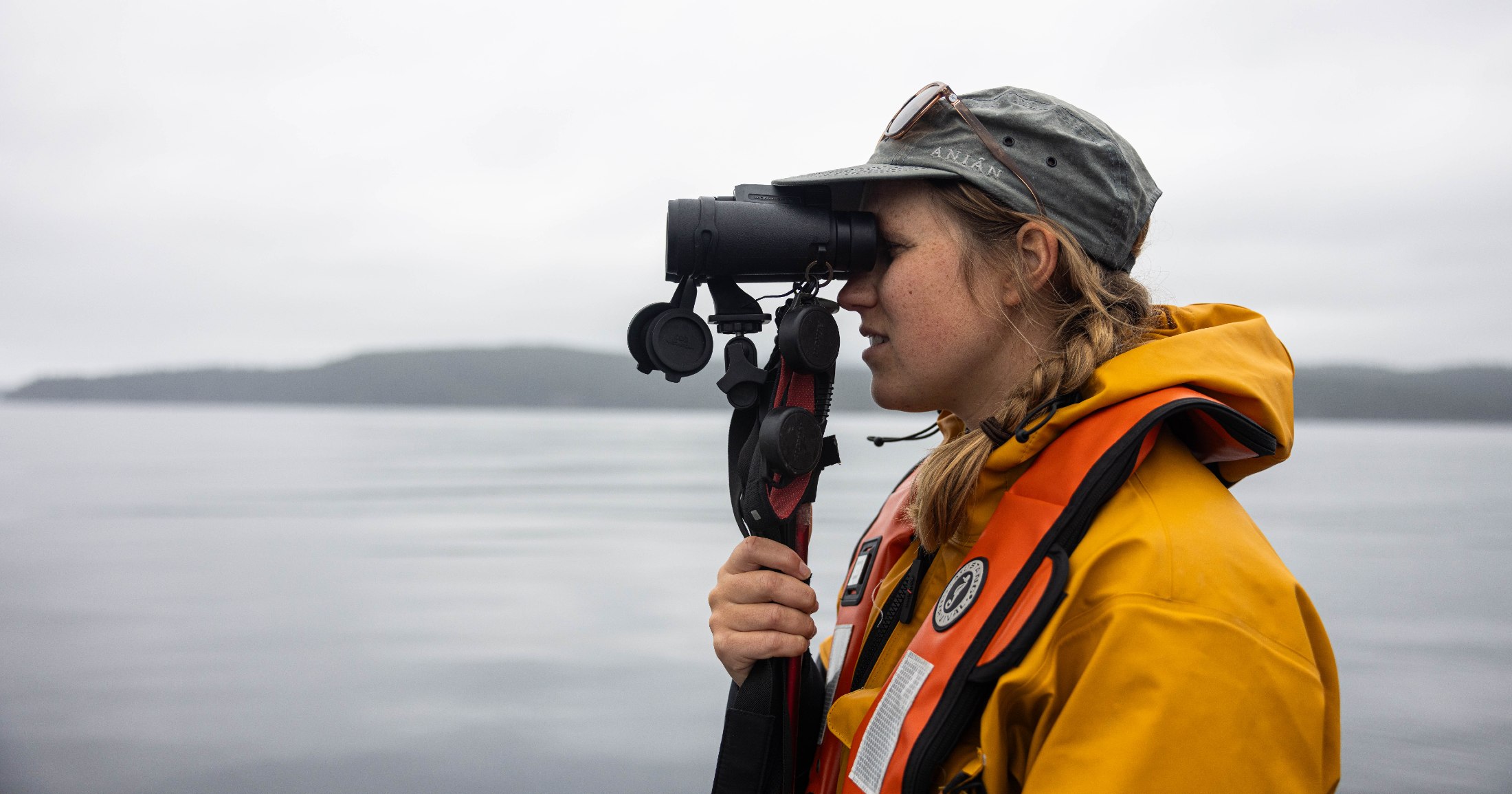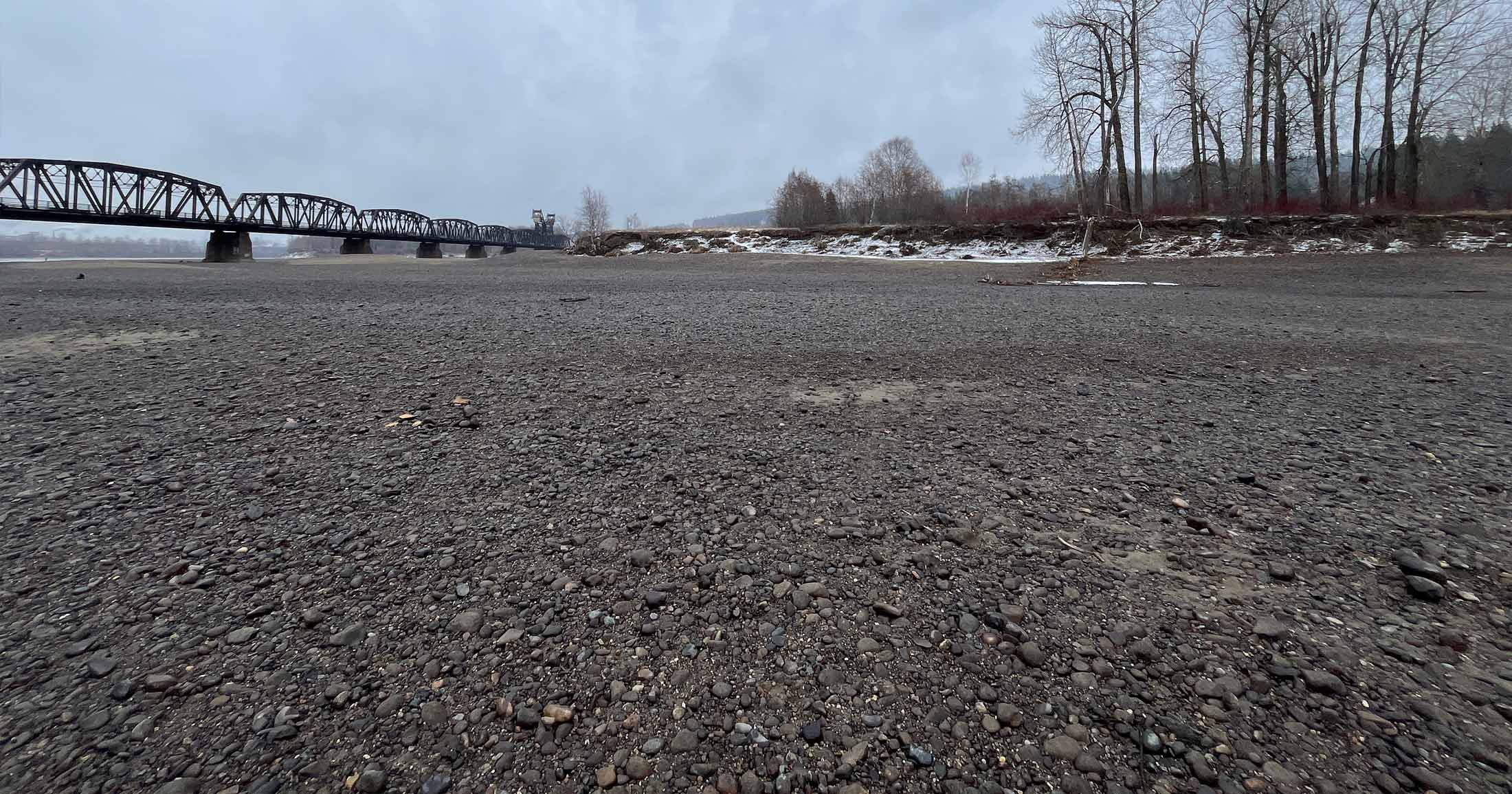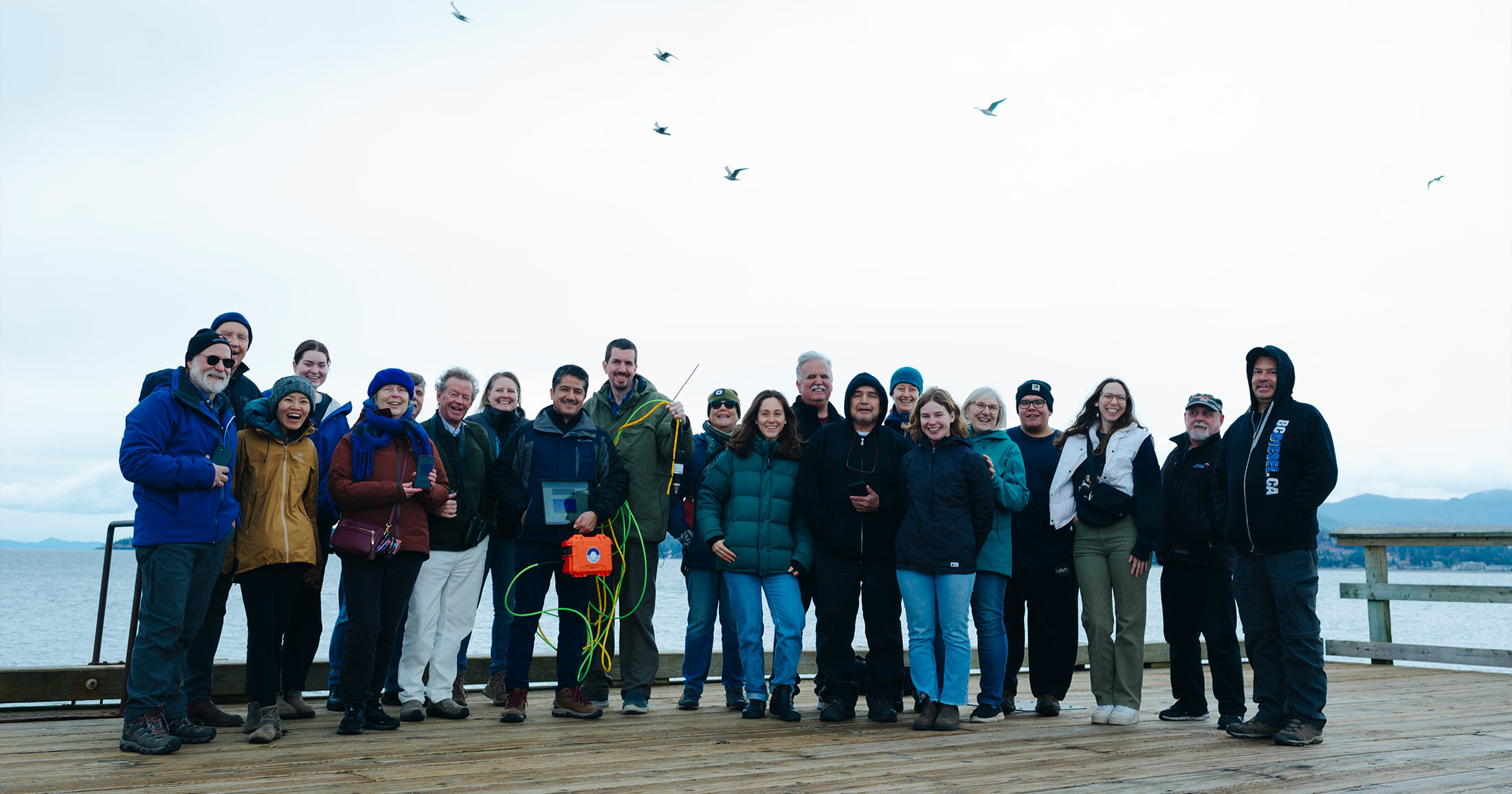Notes from the Great Bear
Ross Dixon writes about his experience joining Raincoast's fall "grizzly hunt" and his wildlife excursion in the Great Bear Rainforest
You know the bears are close when you hear the crunching of bones. You know it is salmon they are eating as the smell lingers in the damp air.
It’s fall in BC’s Great Bear Rainforest. I’m standing in an estuary surrounded by grizzly bears, and all the life that the salmon migration brings. Once a dream, the reality doesn’t disappoint.
We quickly find our place within the social hierarchy circulating around us, lone sub-adults, sub-adult siblings, mothers with cubs and solitary adult males; each keenly alert to the other. Posture and the occasional direct glance form part of a complex body language that allows for a sharing of food resources at a time of relative abundance. By nature and necessity, these bears are tolerant. It’s easy to empathise with the cubs at play, a mother’s care and caution, and the mock fighting of siblings.
Some estuaries we visit are no longer staging grounds for trophy hunters. Raincoast’s acquisition of commercial hunting licenses, combined with a resident ban on trophy hunting by Coastal First Nations, is changing the wildlife management landscape. Aboard our research vessel, the Achiever, my travelling companions are contributing to our conservation efforts with words, art, photography and chocolate. We are conducting a “grizzly hunt” with zero casualties, and encountering a wildlife safari along the way.
My reading treat on the flight up is a 16 year-old conservation assessment on coastal wolves by my Raincoast colleagues Chris Darimont and Paul Paquet. Days later in a remote estuary, I finally hear a solitary howl, one of my life’s ambitions. As other pack members join the chorus my interpretation of their message is simply, ‘we are here’.
The whistled cry of bald eagles, raucous gulls and ravens complete a soundscape in the estuary into which the howl of this coastal wolf pack fits seamlessly. Later, a lone wolf, the only one seen, snatches a salmon and lingers to watch us warily from the trees. For wolves the cautiousness is ingrained, but curiosity remains and we leave as howls echo closer.
Despite the efforts of First Nations and Raincoast, not all the estuaries in the Great Bear are protected from trophy hunting, nor the wolves, nor the bears. The idea that such lives can be taken to boost an ego is hard to comprehend, but remains a reality. Our mission includes bringing this place to an audience, including you, to inspire a solution. This means shutting down the trophy hunt so that every wolf and bear in the Great Bear Rainforest can live a wild life.
The communities we visit, the people we meet and the wildlife we encounter are inspiring. I leave this place keenly alert to a future for these bears and wolves – one that can be lived better than the past. This is what we are working toward.
For the wolves and the bears,
Ross Dixon
Program Manager
In 2017 you can join a Raincoast ‘grizzly hunt’ trip in the Great Bear aboard our research vessel Achiever – for fees and further information please email:
nick [at] raincoast [dot] org.
Support our mobile lab, Tracker!
Our new mobile lab will enable the Healthy Waters Program to deliver capacity, learning, and training to watershed-based communities. We need your support to convert the vehicle and equip it with lab instrumentation. This will allow us to deliver insight into pollutants of concern in local watersheds, and contribute to solution-oriented practices that protect and restore fish habitat.

